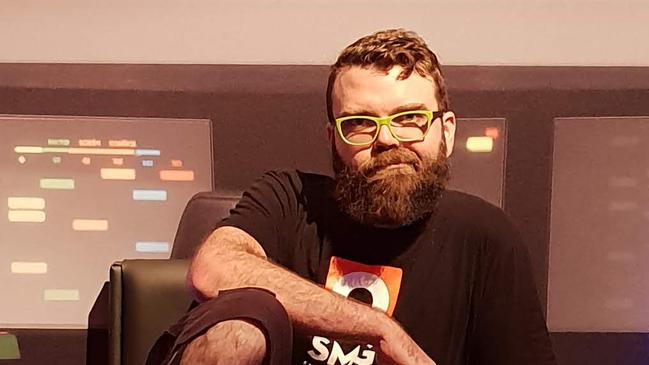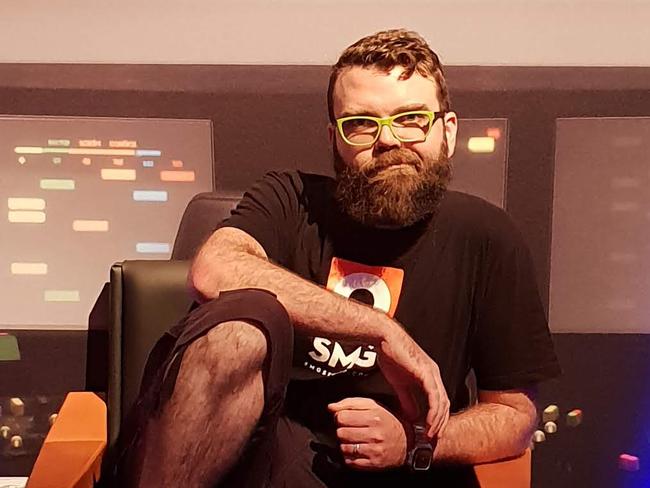Buying games remains in vogue
Subscription models haven’t stopped devotees wanting to ‘own their own’ video games.

The bulk of video game sales – whether on physical disc or from a digital storefront such as Steam or Epic or the Nintendo E-Shop – follow the traditional “buy once and you essentially own that copy” model, much the same as with a DVD or book.
How does that work from the developer or publisher’s end, and with the rise of new ways to play and access games, is it likely to remain the main way to buy games?
Devolver Digital are one of the best-known ‘AA’ publishers (specialising in games that are generally more polished and complicated than an indie game, but without the massive marketing and development budgets of a AAA blockbuster title), with its games all in ‘buy to own’ category – which wasn’t something co-founder Graeme Struthers foresaw changing in the immediate future.
“Predicting the future in games has always been a challenge,” he said.

“We have the next hardware cycle starting in 2020 with Sony‘s PS5 and Series X from Microsoft. Both machines will be available with a disc drive and we can expect the life cycle of the format to be over five years, so the premium games model feels like it will be staying with us in one form or another for some time to come.”
SMG studios are an Australian-based developer, who most recently published Moving Out and are also responsible for the highly popular Risk: Global Domination mobile and PC game.
Studio head Ashley Ringrose said the traditional purchase model worked like it said on the tin – the developer was making a product to sell at a price and put it on the storefronts to sell.
“Each store front requires more work, maintenance so that’s why we (SMG) don’t put games on the smaller stores, as it’s more work for small return,” he said.
Mr Ringrose said from his perspective as an indie developer, the downsides to the traditional “buy it and own it model” were the barrier to purchase.
“When a AAA (blockbuster) game is discounted heavily, it’s the same price or cheaper than a smaller game – yet the value proposition for the bigger game is much stronger,” he said.
“So you’re not just competing with smaller indie games to spend $15-20 on your game, but against the $60+ games.”
Video games are powered by what is known as an ‘engine’ – the software which provides the features and elements to build the game and make it all work when played.
The most commonly used engines are Unreal and Unity, although there are others – the Battlefield games use Frostbite engine, for example.
The different engines have different licensing or royalty models, which affects the developer’s bottom line.
Mr Ringrose said SMG used the Unity engine, which operated on a fixed price royalty model – something he preferred over a percentage-based royalty, because it enabled them as developers to control the pricing more effectively.
“If you have a decent game that (percentage) will add up to be much higher than other software costs,” he said.
“Also, if you no longer develop with Unity you can essentially pay nothing more for the software fees.
“With a percentage of revenue model, you’d be continually sending a payment to Unreal for as long as the game is sold.”
On top of the engine royalties, the digital storefronts such as Steam, Epic, and the Apple Store also take a cut of sales too.
Typically that cut is around 30 per cent, particularly for Steam, but Epic only take a 12 per cent cut for games – and also agree to waive royalties on the Unreal engine, which they own.
This has led to issues with games being available on one storefront but not another, much to the consternation of PC gamers who can now potentially need 10 different launching programs (tied to different storefronts) to play all the games they owned.
From a gamer perspective this is frustrating, but for developers it makes business sense as it means potentially more money from each sale.
“I’d love to only pay 12 per cent platform fee,” Mr Ringrose said.

“That would instantly earn us a lot more on the same unit sales. The 30 per cent is standard across every platform so 12 per cent is the biggest lure for Epic Games Store – and it’d affect games big and small.”
Mr Struthers said from Devolver’s perspective, their starting point was about what tools and technology were right for the game and the developers skillset/experience.
“We would not mandate a business model on a creative process, for us it is the creative process first,” he said.
“Obviously Epic have made their model very attractive and brought a level of competition into the PC market with their store.
“We wish them luck and have released a number of games on their platform. Our own view is that the consumer makes their choice where they want to be and our objective is to get our games onto as many relevant platforms as is possible.”
While digital sales are the most popular way to acquire games, and will only become more so in the future, there is still a healthy market for physical copies of games on disc, particularly for consoles.
Nearly all AAA games get a physical release, but the cost factors involved – ranging from making discs to printing packaging to distribution – make it unattractive for smaller or indie developers for the most part.
“Physical and digital release are totally different,” Mr Ringrose said.
“Physical has a higher cost and a lower return for smaller devs.
“I can see why so many are bundled with stuff to collect or shorter runs, as there is a cost outlay upfront that digital doesn’t have.”
Devolver have gone for a middle ground, releasing most of their games digitally but producing limited runs of physical editions of select titles through their Special Reserve label to address the collector market.
“There is an ever growing demand for this – it is not mass market retailing and we don’t see Devolver ever going down that path, but the collector niche is a great space for us,” Mr Struthers said.
From a consumer perspective, Mr Ringrose agreed the “buy to own” model wasn’t going anywhere anytime in the foreseeable future either.
“People will always want to own a game,” he said.
“Steam and the consoles are just as strong now as they have ever been.”


